Section 1
Eukaryotic Origins
Book
Version 32
By Boundless
By Boundless
Boundless Biology
Biology
by Boundless
5 concepts
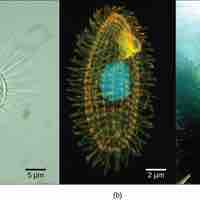
Early Eukaryotes
Protists are eukaryotes that first appeared approximately 2 billion years ago with the rise of atmospheric oxygen levels.
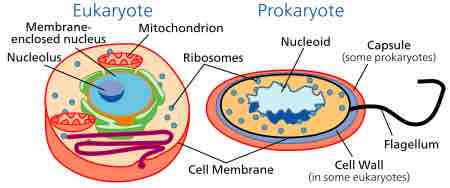
Characteristics of Eukaryotic DNA
Eukaryotes, having probably evolved from prokaryotes, have more complex traits in both cell and DNA organization.
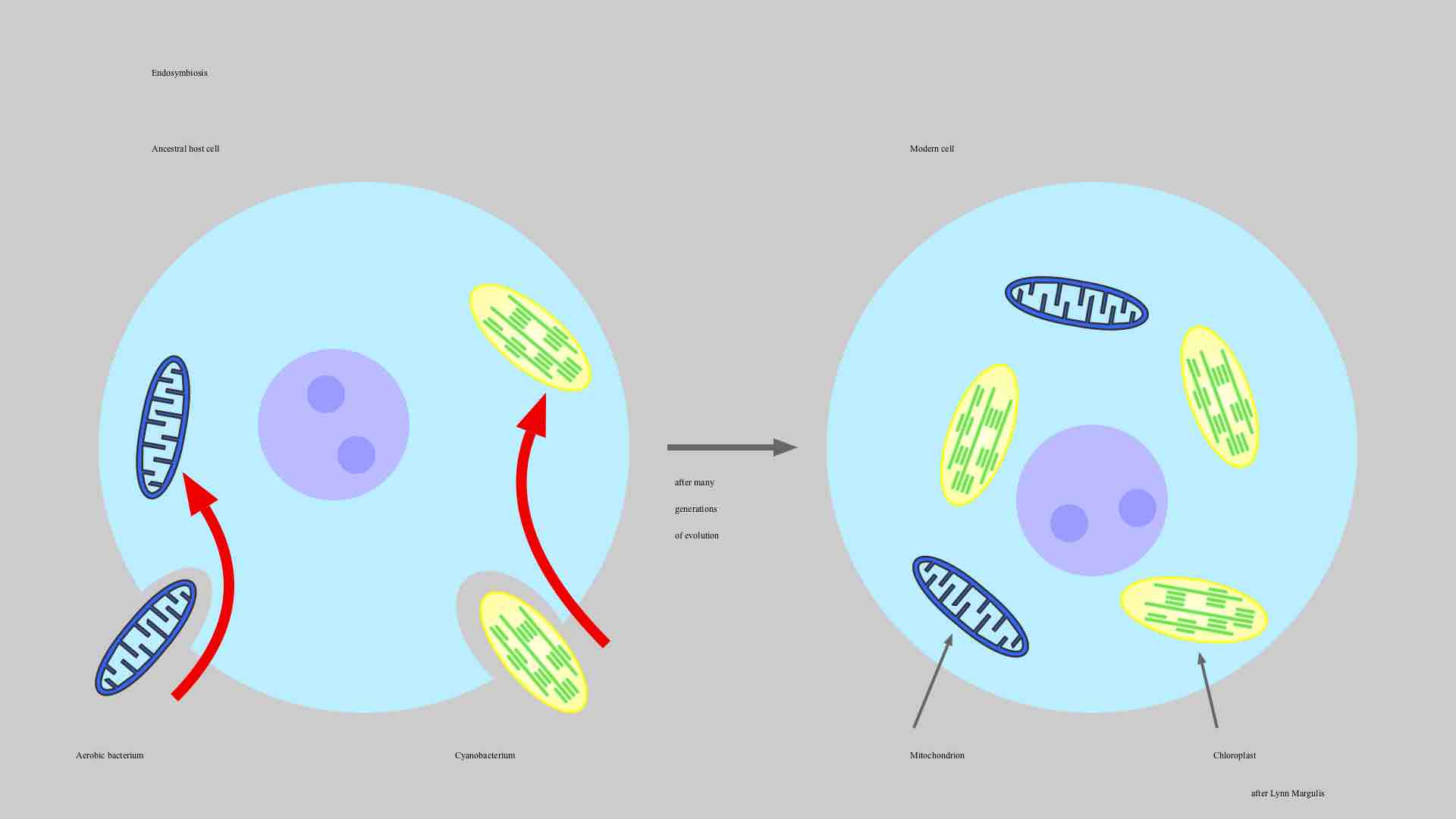
Endosymbiosis and the Evolution of Eukaryotes
Eukaryotes may have been a product of one cell engulfing another and evolving over time until the separate cells became a single organism.
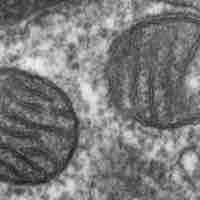
The Evolution of Mitochondria
Mitochondria are energy-producing organelles that are thought to have once been a type of free-living alpha-proteobacterium.
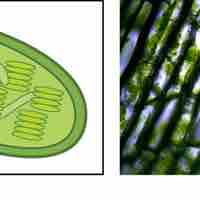
The Evolution of Plastids
Plastids may derive from cyanobacteria engulfed via endosymbiosis by early eukaryotes, giving cells the ability to conduct photosynthesis.